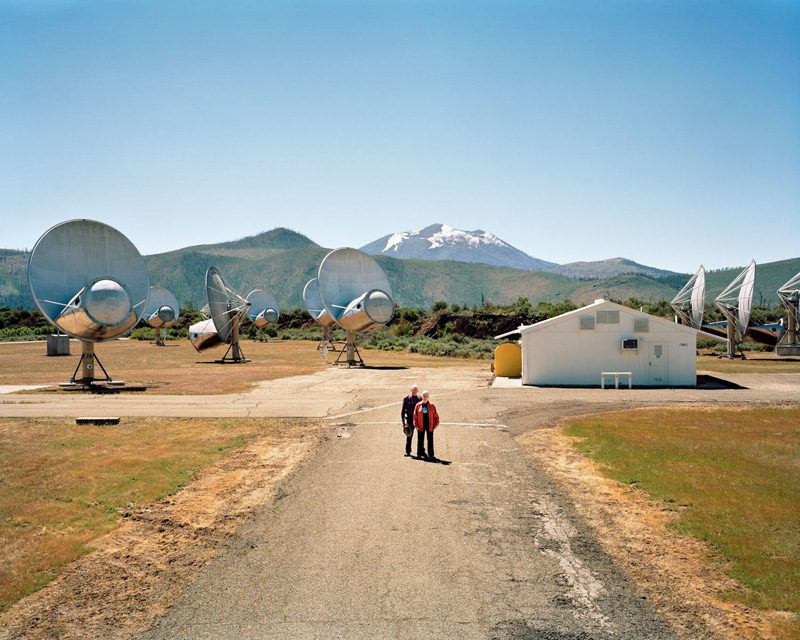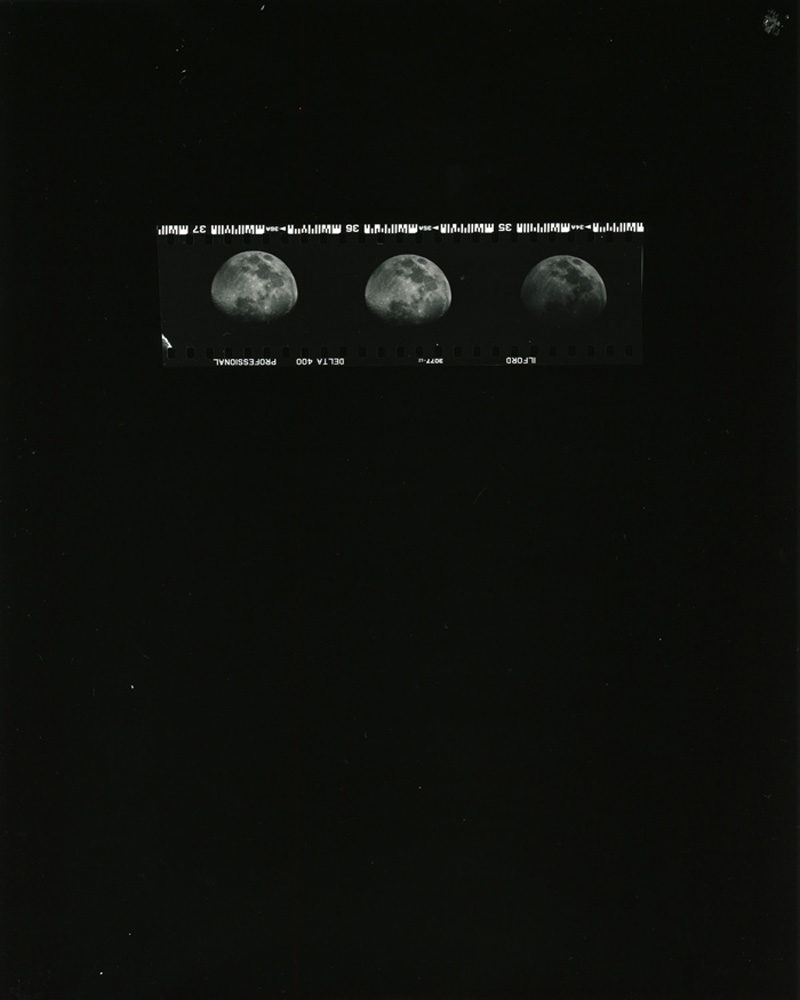Nathan Cyprys is an award-winning artist & photographer based in Toronto, Canada who holds a BFA in Photography from the Ontario College of Art & Design. His art practice is both conceptual and documentary based in approach, ranging from capturing landscapes of the United States on a large format camera, to shooting portraiture and still-life in a studio environment. His most recent work explores the “cosmic perspective”, employing analog astrophotography techniques into his practice. Cyprys’ work has been featured by The Washington Post, American Photography, VICE, Flash Forward, and Blackflash Magazine. His editorial and commercial clients have included The Globe & Mail, Hudson’s Bay Company, Metrolinx, Nike, Nylon, Porter Airlines and more.



Cosmichronos
An admiration and study of the night sky is something nearly every culture in human history shares. Yet only until the relatively recent invention of the glass lens and mirror have we begun to probe deeper into that darkness and understand planet Earth’s place within it. This cosmic perspective is one that has the capability to alter our ideologies and our understanding of Homo sapiens’ role on the planet. Yet compared with the breakneck speed of the industrial and technological revolutions, this contemporary shift in thinking has been slow-paced. With over half the human population now living in cities where light pollution and smog render the dust clouds of our home galaxy invisible, such a disconnect may come as no surprise.
Despite the growing list of potentially habitable exoplanets, we are limited to life on the only biosphere we know. The importance of a cosmic perspective looms when the march of economic progress continues to deplete our natural resources and output CO2 at an ever-increasing rate. These environmental impacts are in no small part due to our cultural norms encouraging us to consume in a way that treats our planet as if it is infinite and our capitalist creed as though it were immutable. Our ethos must change if humanity is to pass through the bottleneck of the technological revolution.
Over the past several centuries Humanism has become a dominant mode of thought, defining humanity’s commanding presence over its surroundings and the elevation of the individual. Our predilection to this sort of thinking can even turn some off the idea of pondering the universe, its age (13.772 billion years old, and counting) and immensity (46.6 billion light years, and expanding) make it seem unreachable; more massive than what the mind can comprehend. Perhaps this is why cosmic events are often cause for emotional reactions, like one’s wonder at watching a meteor break apart in the atmosphere (a “shooting star”) or the awe of standing in the path of totality during a solar eclipse. Such experiences can render the reality of our existence within a grander cosmos palpable, reminding us for the briefest of moments that we are of and within the universe we inhabit.
And not just in the philosophical sense, we are literally of the universe we inhabit. The atoms that make up our bodies (and all other life we know), from the iron in our blood to the calcium in our teeth, were fused in the interior of collapsing stars and dispersed through space in supernova explosions, a star’s death knell. A cosmic perspective need not be confronted as something foreign to our nature; rather it is part of the mind’s own birth, always present within and surrounding the self. So long as we possess the willingness to seek it out, this frame of understanding can begin to inhabit us.












To view more of Nathan’s work please visit his website.